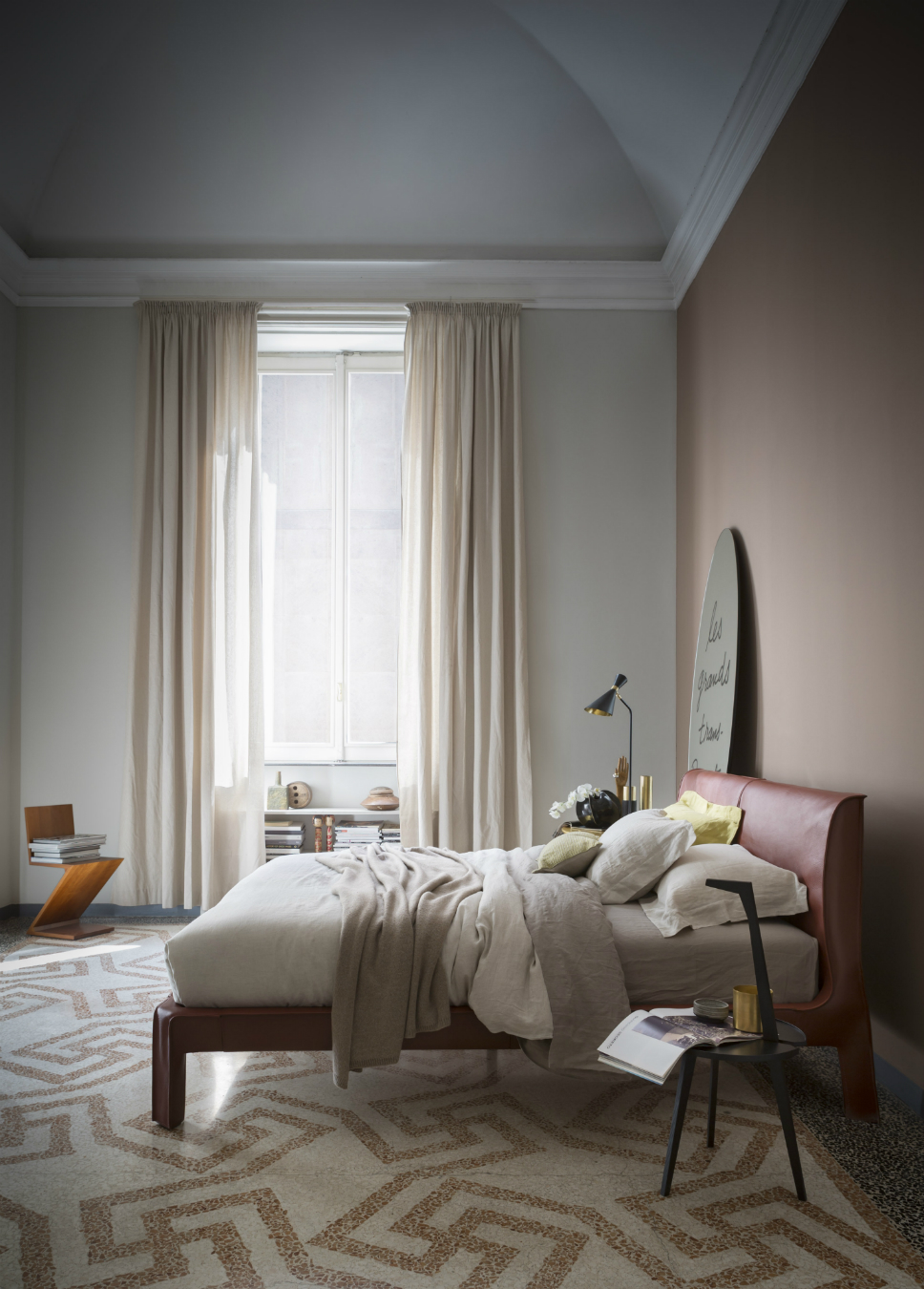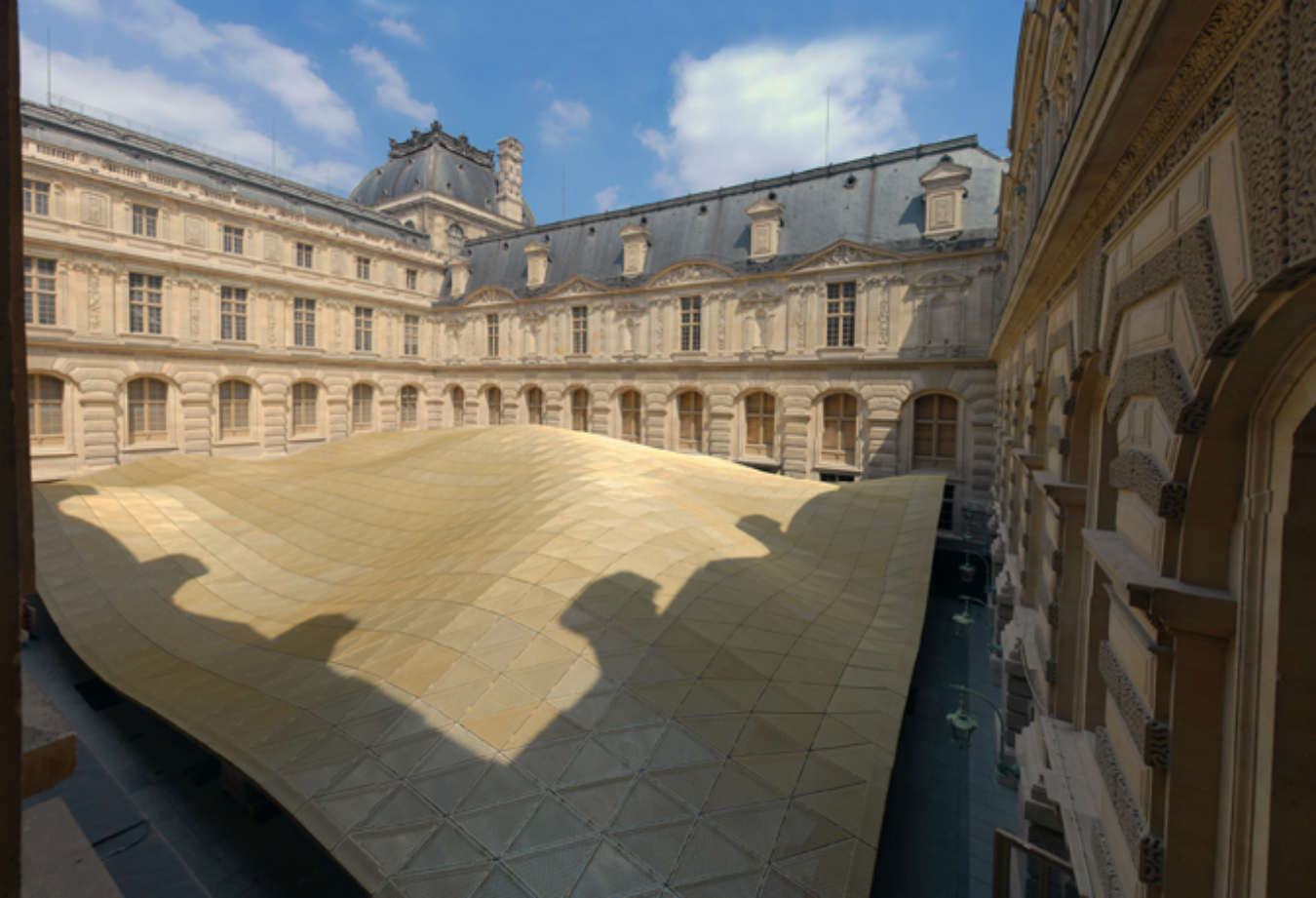Italy’s Mario Bellini recently gave the last of his five-city North American tour lectures in Vancouver, at Inform Interiors. He was genial, affable, displayed an extremely dry wit, but his ability to “simply notice things in the natural world, and transfer them into design objects” is by now legendary, and it was almost startling to follow him on a 90-minute journey through his career.
He showed slides of, for example, a great white shark, followed by an Olivetti typewriter he designed several decades ago, and which revolutionized the concept of office design and ergonomics. He showed various sources of inspiration for some of his earliest, seminal work for the furniture company Cassina, some of which led to him winning some of his many design awards, including eight Compasso d’Oro awards, and the Medaglia d’Oro, granted to him by the president of the Italian Republic. New York’s MOMA has 25 of his objects in its permanent collection.
His is an esoteric mind, dealing easily with abstraction, engineering, and other architectural realities, and the logistics of furniture. His early career, mainly with Cassina, was about interior design objects, mainly chairs and sofas. “Cassina was a good partner for me; they would ask me to do something, and gave the creative freedom,” he says. “I simply said, ‘Why not?’” His first piece was produced in 1963, and he has really never looked back.
He did, however, make a serious career change, mid-span: “I felt I had come to some conclusions about interior design: that I had done what I set out to do. I am a trained architect, so it was time to be a practising architect.” So it was that in the 1980s, architecture became his focus. He has since created such things as the Portello Trade Fair quarter in Milan; the Exhibition Centre in Villa Erba on Lake Como; the Tokyo Design Center in Japan; Natuzzi America Headquarters in the USA; the Trade Fair in Essen, Germany; the National Gallery of Victoria in Melbourne; the Headquarters of Deutsche Bank in Frankfurt; the Museum of the History of Bologna; and the new Department of Islamic Art in the Louvre in Paris, which he co-designed with Rudy Ricciotti. The last of these is a magnificent, rolling, semi-translucent, semi-transparent marvel that constitutes the courtyard centrepiece, in a space adjacent to I.M. Pei’s famous pyramid.
Taken in sum, Bellini’s achievements, in both depth and breadth, place him firmly at the forefront of contemporary architecture and design, that genial persona belying a formidable intellect and an imagination capable of creating buildings almost in a single bound.











